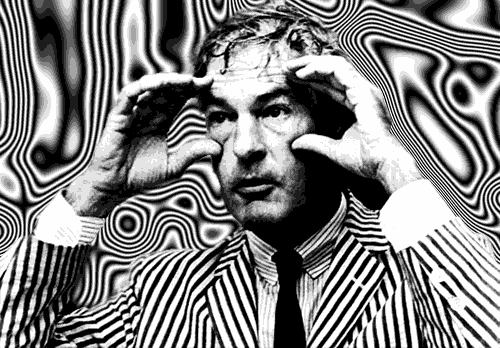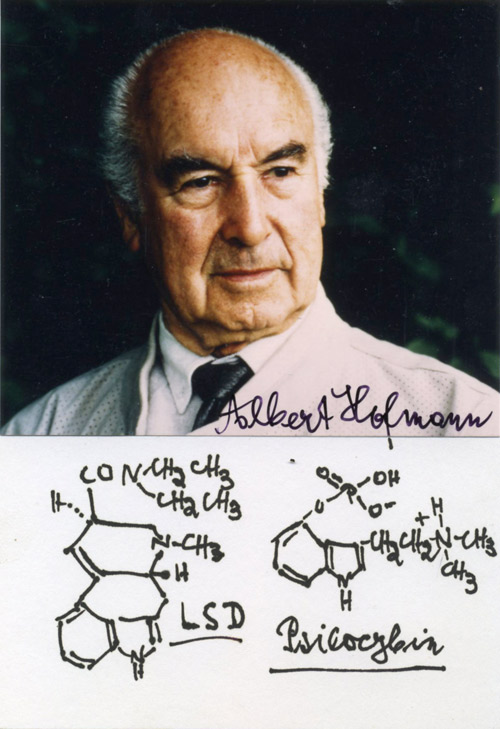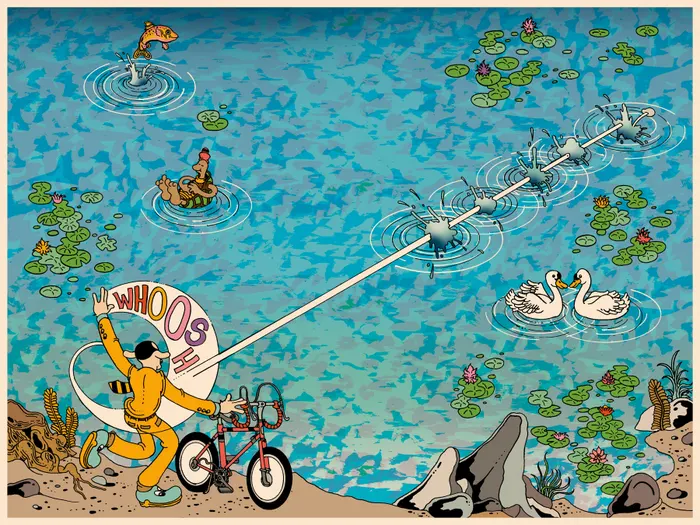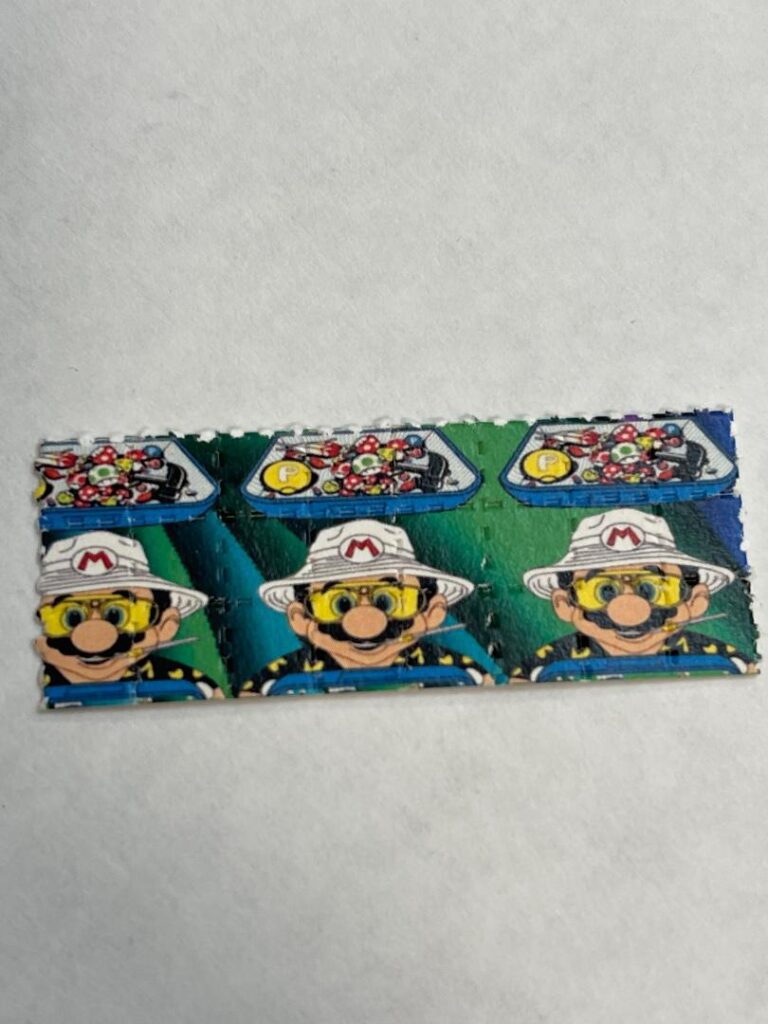
jj
While hallucinogens such as mescaline and magic mushrooms impacted 20th-century psychotherapy and popular culture, no psychedelic was as influential or disruptive as LSD. Since its serendipitous discovery, LSD has produced healing and joy, but also controversy and occasionally exploitation. One thing is for sure: its history has never been boring.
In the 1930s, Swiss pharmacologist, Albert Hofmann, worked at the Sandoz laboratory in Basel, Switzerland, to produce beneficial compounds derived from the rye fungus, ergot. Sandoz had been working on ergot derivatives for some years, with its chemists isolating ergotamine, a drug still sometimes used for migraines today, in 1918.
Ergot had been a double-edged sword in Medieval and Renaissance Europe. It helped ease the process of childbirth and its vasoconstrictive properties reduced post-birth bleeding, though with dangerous side effects. These same properties meant that if people consumed contaminated grain, the result was sometimes widespread poisoning and death.
Hofmann was working to isolate a beneficial compound found in ergot, ergobasine, for further medical use in obstetrics. He continued working with lysergic acid compounds in search of other interesting pharmacological properties. In 1938, he produced the twenty-fifth substance in a series of lysergic acid derivatives. Its official name was lysergic acid diethylamide, abbreviated as LSD-25.
In the initial testing, Hofmann and his team set out to discover its effect on the uterus. Although it has a significant impact, it was only 70% as effective as ergobasine. The research report also noted the restlessness of the experimental animals while on LSD-25. This restlessness didn’t arouse any particular interest, and Hofmann moved on with his investigations.
In the years that followed, Hofmann was successful in creating other ergot-derived medications. Despite this, he could not let LSD-25 go, feeling it could have other properties that he’d missed. So, in the spring of 1943, he repeated his earlier synthesis.

In the final step of this chemical process, Hofmann got his first hint of LSD’s potency. On April 16, as he was purifying the sample, he was interrupted by unusual sensations: restlessness, a dreamlike state, and closed-eye visuals of kaleidoscopic patterns. What had caused this? He reasoned that he must have accidentally ingested some of the chemical. Due to the toxicity of ergot compounds, Hofmann ran a meticulously neat lab. So he knew it must have been a microscopic trace of LSD-25 that led to these effects. How strong was it?
On April 19, 1943, armed only with his lab journal, Hofmann decided to test this substance on himself. He settled on taking 250 micrograms, thinking that this would be barely noticeable. He couldn’t have been more wrong.
Within two hours of embarking on this experiment, he was getting far more than he bargained for. Overwhelmed, disoriented, and feeling utterly out of his depth, he asked his lab assistant to bring him home. Because of the wartime restrictions on vehicle use, they journeyed through Basel by bicycle, inaugurating what would come to be known as ‘Bicycle Day’.
Once he had somehow made it home, Hofmann feared he was losing his sanity or even his life. Familiar objects in his living room, once friendly, turned into demonic, grotesque forms. Even worse were the changes Hofman perceived in himself. He became consumed by a demon. It triumphed over his will. He did not know if he had died, or gone to another world, or another time.
As he passed the peak of the experience, his sense of dread lessened. He would later recount that he began to enjoy the visuals that appeared when he closed his eyes: “Kaleidoscopic, fantastic images surged in on me, alternating, variegated, opening and then closing themselves in circles and spirals, exploding in colored fountains, rearranging and hybridizing themselves in constant flux.”

jj
One way of distributing LSD was called “blotter”. It involved saturating absorbent paper with LSD in solution. The first blotter papers were dosed by carefully dropping the liquid LSD onto paper in a grid formation. Later, the paper was prepared by printing a grid on the paper, then soaking the whole sheet of paper in the liquid LSD. The dosage was indicated by cutting along the lines of the grid so that each square of the grid was a certain dosage depending on the strength of the LSD solution applied.
This process of creating doses with grided paper evolved into using paper that was perforated along the lines of a grid so that doses could be torn apart easily. And small symbolic pictures were added to the paper to provide clues as to the origin of the LSD that paper contained.
… Little by little I could begin to enjoy the unprecedented colors and plays of shapes that persisted behind my closed eyes. Kaleidoscopic, fantastic images surged in on me, alternating, variegated, opening and then closing themselves in circles and spirals, exploding in colored fountains, rearranging and hybridizing themselves in constant flux …
Albert Hofmann




